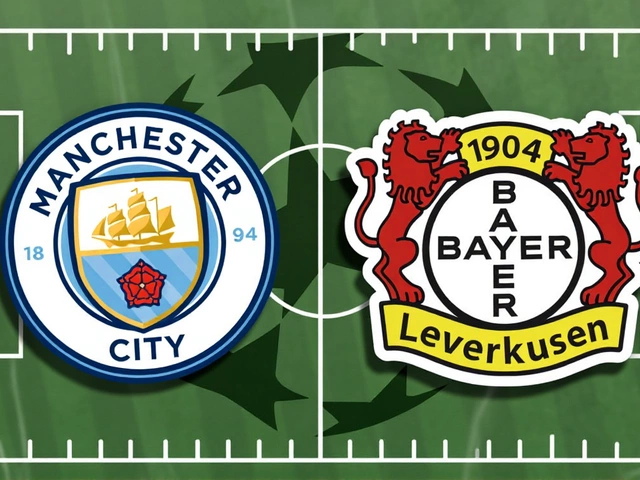What changed and when
Lunch just got a little pricier at Tesco. From 21 August 2025, the retailer lifted the cost of its popular Tesco meal deal by 25p. The standard bundle — a main, a snack and a drink — now costs £3.85 with a Clubcard and £4.25 without. The premium bundle has moved up too: £5.50 with a Clubcard and £6 for non-members.
This is the second rise in a year. In August 2024, the standard deal went from £3.40 to £3.60 for Clubcard users and from £3.90 to £4 without. The new change takes that to £3.85 and £4.25 respectively. In percentage terms, that’s a 6.9% jump for Clubcard holders on the standard deal and a 6.25% rise for non-members. Premium shoppers see bigger moves: 10% for Clubcard members (from £5 to £5.50) and roughly 9.1% for non-members (from £5.50 to £6).
Tesco says the offer still stacks up. A spokesperson called it “great value” for a quick lunch and pointed to the sheer variety: more than 20 million possible combinations. Think sandwiches, wraps, sushi and salads on the main side, paired with crisps or fruit and a soft drink, juice or water.
If you buy the standard deal most workdays, the extra 25p adds up. Over 20 weekday lunches in a typical month, that’s about £5 more. Go premium daily and the 50p increase is roughly £10 more a month. For a regular commuter, those little jumps are noticeable.

How it compares and why it matters
The battleground is crowded. Supermarkets lean on meal deals to keep lunch traffic coming through the door — often using loyalty pricing to do it. With Tesco’s change, here’s where the high-street competition sits right now for standard offers:
- Boots: £3.99 standard (typically £4.99 in London or at airports)
- Co-op: £3.50 for members (£4 for non-members)
- Morrisons: £3.50 with membership (£4 standard; premium £5.50 with membership)
- Sainsbury’s: £3.50 standard (£5 premium)
- Tesco: £3.85 with Clubcard (£4.25 without)
So, even with a Clubcard, Tesco’s regular deal now runs about 35p more than Sainsbury’s, Morrisons and Co-op for members. It’s still under Boots’ standard price in most places, and notably less than Boots’ London and airport rate. The premium picture is mixed: Tesco’s £5.50 Clubcard price matches Morrisons’ member premium and sits below Sainsbury’s £5 premium for some items, but comparisons can be messy because each chain curates its range differently.
Why the increase? Food manufacturing and transport costs have cooled from their peak but haven’t reset to pre-2022 levels. Energy, packaging, and logistics are still pricier than they were a few years ago, and wage bills are higher too. Meal deals are built on tight margins — a few pence on drinks, a few on crisps, and a little more on mains — so a small shift on any input can push retailers to tweak the ticket price.
Loyalty pricing is a big part of the story. Tesco keeps a clear gap between Clubcard and non-Clubcard prices: 40p on the standard deal and 50p on the premium. That discount hasn’t changed with the rise, which shows how central the Clubcard ecosystem is to its lunch strategy. Sign up and you get the lower headline price; don’t, and you pay more — simple, and very effective at keeping shoppers inside the Tesco loop.
There’s also the office factor. More people are back at their desks compared with 2021–22, and lunchtime footfall is stronger than it was during the pandemic years. That matters for meal deals, which are built for speed and volume: grab a wrap, a drink and go. Shifts in working patterns, even by a day or two per week, change demand enough to shape pricing, promotions and range planning.
Value still depends on what you pick. The best use of a deal is usually a higher-priced main (say, a sushi box or a premium sandwich), a branded snack and a pricier drink, which can save you several pounds versus buying them separately. Choose a basic sandwich, store-brand crisps and water, and the saving narrows, which is when the headline price starts to bite.
For regulars, a few practical takeaways:
- If you’re loyal to Tesco, the Clubcard remains the cheapest route. The discount is built into the model.
- Mix and match smartly. Premium mains often deliver better relative value inside the bundle.
- If you’re price-led, rivals at £3.50 for members (Co-op, Sainsbury’s, Morrisons) are now cheaper for the standard tier.
- Watch local quirks: Boots’ prices vary in London and travel hubs, which can swing comparisons.
Consumer groups have been pressing supermarkets to keep pricing clear, especially where loyalty and “member-only” labels are involved. Regulators have said they’re watching the space. For now, the trend is set: member pricing is becoming the norm, and the headline number keeps inching up.
Tesco’s wager is that convenience, range and the Clubcard discount will keep people coming back, even with the latest bump. For busy lunchtime shoppers, the choice is simple math — weigh the extra 25p against the speed, the options on the shelf, and what the competition is charging on your high street.





